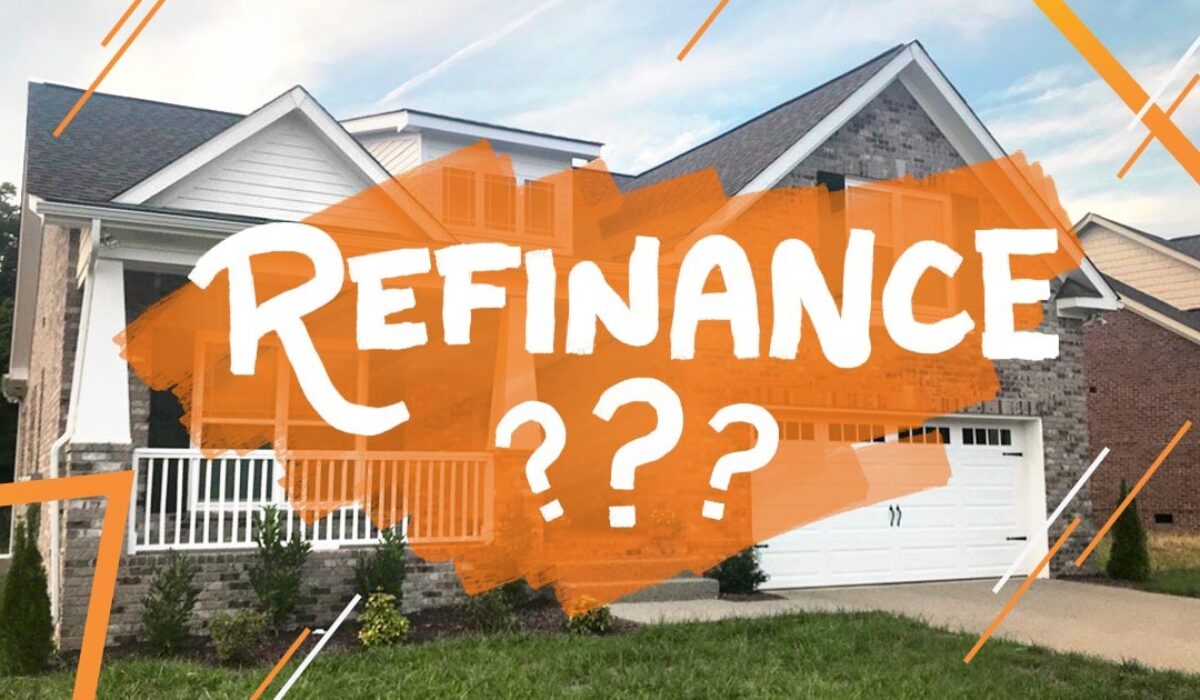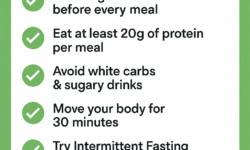Mastering Mortgage Refinancing: A Comprehensive Guide to When and How to Refinance
For homeowners, navigating the complex world of mortgages doesn’t end with the purchase of a home. As financial landscapes evolve and personal circumstances change, mortgage refinancing emerges as a powerful tool to optimize homeownership and financial well-being. In this guide, we’ll delve into the intricacies of mortgage refinancing, exploring when it makes sense to refinance and how to navigate the process effectively.
Understanding Mortgage Refinancing:
Mortgage refinancing involves replacing your existing mortgage with a new loan, typically to take advantage of better terms, lower interest rates, or altered loan structures. Key aspects of mortgage refinancing include:
- Interest Rate Reduction: One of the primary motivations for refinancing is to secure a lower interest rate, which can result in reduced monthly payments and long-term interest savings.
- Loan Term Adjustment: Refinancing allows homeowners to adjust the term of their mortgage, such as switching from a 30-year to a 15-year loan, potentially saving thousands of dollars in interest over the life of the loan.
- Cash-Out Refinance: In a cash-out refinance, homeowners borrow more than their current mortgage balance, receiving the difference in cash. This option can be used to access home equity for purposes such as home improvements, debt consolidation, or other financial needs.
When to Consider Refinancing:
Determining whether to refinance your mortgage depends on various factors, including:
- Interest Rate Differential: Compare your current interest rate with prevailing market rates to assess whether refinancing could result in significant interest savings. A rule of thumb is to consider refinancing if you can lower your interest rate by at least 1% to 2%.
- Financial Goals: Evaluate your financial goals and objectives to determine if refinancing aligns with your priorities. Whether you’re seeking lower monthly payments, faster equity buildup, or accessing cash for home improvements, refinancing can help you achieve your goals.
- Loan Term: Assess your current loan term and consider whether refinancing to a shorter term could save you money on interest and enable you to pay off your mortgage sooner.
- Equity Position: Calculate your home equity position to determine if you have sufficient equity to qualify for refinancing, particularly for cash-out refinances.
- Break-Even Analysis: Conduct a break-even analysis to determine how long it will take to recoup the costs of refinancing through lower monthly payments or interest savings. If you plan to stay in your home beyond the break-even point, refinancing may be worthwhile.
How to Refinance Your Mortgage:
Once you’ve decided to refinance, follow these steps to navigate the refinancing process effectively:
- Review Your Credit Report: Obtain a copy of your credit report and review it for any errors or discrepancies that could affect your credit score and mortgage eligibility.
- Shop Around for Lenders: Compare mortgage offers from multiple lenders to find the best rates, terms, and closing costs. Consider both traditional lenders such as banks and credit unions, as well as online lenders and mortgage brokers.
- Gather Documentation: Prepare financial documents such as pay stubs, tax returns, bank statements, and proof of assets to support your refinance application.
- Submit Application: Complete a refinance application with your chosen lender, providing accurate information about your income, assets, debts, and property value.
- Undergo Appraisal and Underwriting: The lender will conduct an appraisal to assess the current value of your home and underwrite your refinance application to determine eligibility and loan terms.
- Close the Loan: Once your refinance application is approved, you’ll attend a closing appointment to sign the necessary documents and finalize the refinance transaction.
Conclusion:
Mortgage refinancing presents homeowners with an opportunity to optimize their mortgage terms, reduce interest costs, and achieve their financial goals. By understanding when to refinance, assessing your financial objectives, and navigating the refinancing process effectively, you can unlock the benefits of refinancing and enhance your overall homeownership experience. Whether you’re seeking lower monthly payments, faster equity buildup, or accessing cash for home improvements, refinancing offers a flexible and powerful tool to help you achieve your homeownership and financial aspirations. Consult with a trusted mortgage lender or financial advisor to explore your refinancing options and determine the best course of action based on your individual circumstances and objectives.



